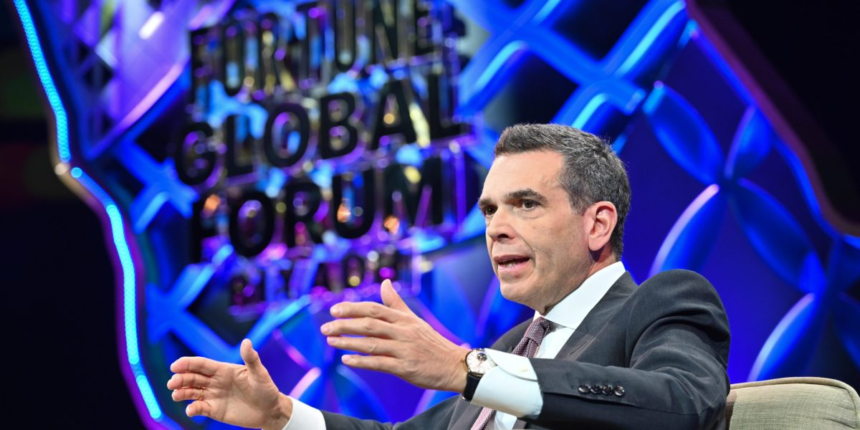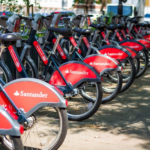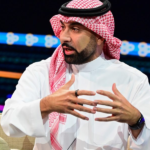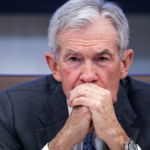That “return on ego,” Chaar explained, is what drives buyers toward exclusivity and identity-defining purchases. Whether it’s a limited-edition watch, a supercar, or what he calls the “limited edition of real estate”—co-branded luxury developments that partner with prestige brands including Aston Martin, for example—today’s affluent consumers are chasing rarity and recognition as much as yield. “We first identify demand before we build,” he said. In the Gulf, this demand has manifested as aspirational and rare goods, which DarGlobal’s co-branded product aims to deliver.
The desire for a more luxury lifestyle connects directly to the success of high-end real estate development in the Middle East. While Europe remains an anchor, the center of gravity has shifted east—and increasingly, south. Gateway cities in the Middle East, Chaar argued, are now commanding global attention. “In the Gulf, we have almost the perfect formula,” he said. “Infrastructure, governance, lifestyle, safety, and speed. This region is ready to be treated as one ecosystem of gateway cities—from Riyadh to Jeddah to Dubai to Abu Dhabi to Doha.”
Chaar’s company has positioned itself at the heart of this transformation. Its Saudi portfolio includes the Trump Tower and Trump Plaza in Jeddah and the Mouawad-designed Neptune villas in Riyadh, blending global brand recognition with local ambition. He believes these developments do more than house the wealthy—they anchor cities culturally and economically.
“It’s very important when we think about these communities, you’re not going to go and build a remote community and build walls around it. You have to put it in a place where it serves as an anchor, because a luxury community in a city serves as an anchor for the city, as the image of the city,” he said, pointing to the development of Diriyah Gate in Riyadh.
The development project, he explained, serves the wealthy and ultra-wealthy. “At the same time, it’s inclusive. It also has a lot of developments around it for the people who are going to work in that project. And it has the entertainment aspect, the retail aspect and the cultural aspect,” Chaar added.
As the global luxury market tilts toward experience, identity, and geographic diversification, Chaar sees the Gulf as its next epicenter. The GCC’s economy is slightly larger than that of Italy (around $3.5 trillion), but he notes the region has an edge and extremely high potential in terms of its dynamism, infrastructure development, lifestyle, and stability. “Just like Italy has at least 10 destination cities, we deserve in the Gulf to be looked at as one region with at least 10 top destinations,” he said.









